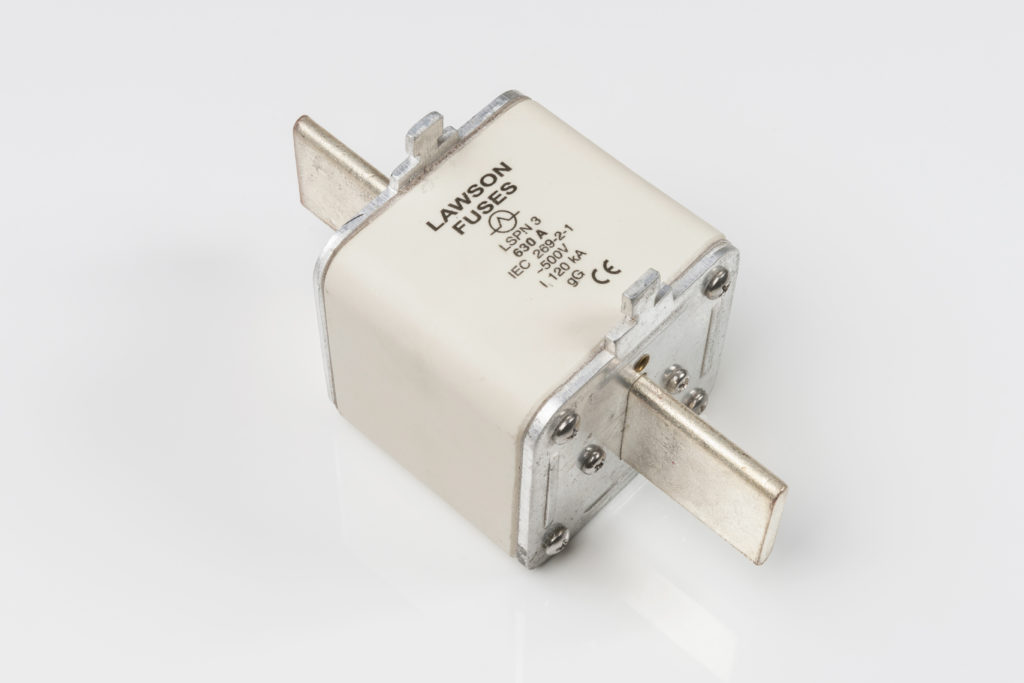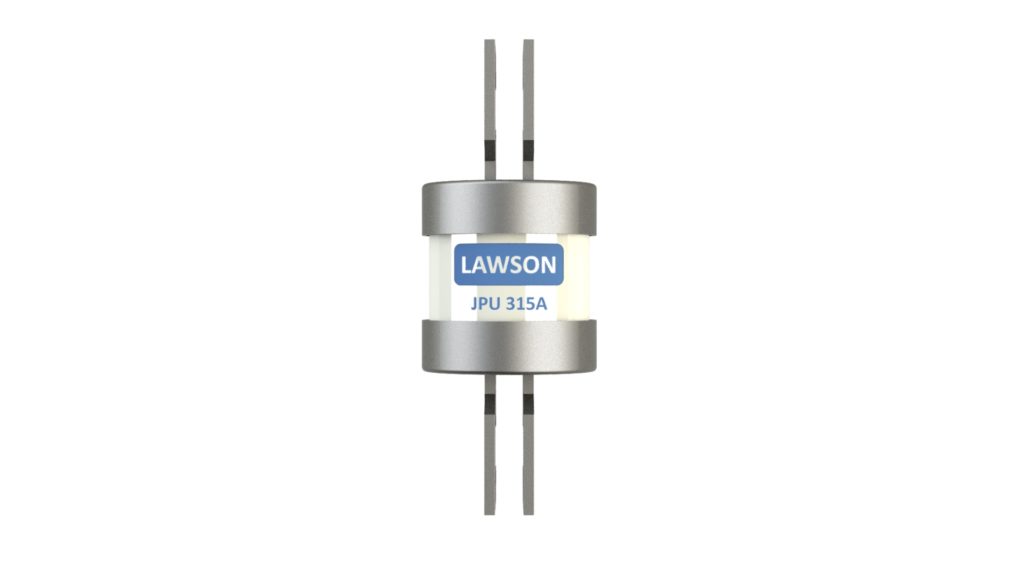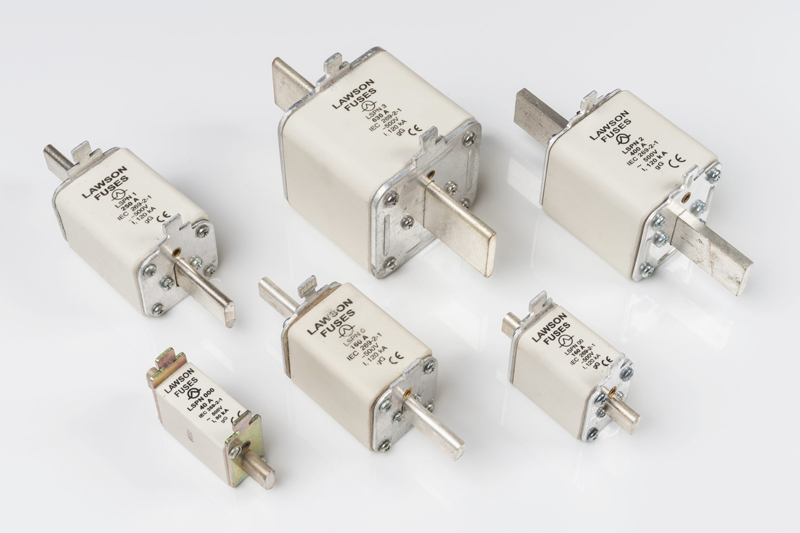The humble electrical fuse is often the unsung hero of circuit protection. Harsha Raghaven of Lawson Fuses explains why it remains such a vital component.
In the world of electrical engineering, circuit protection is a critical aspect that ensures the safety and longevity of electrical systems. Amongst the various methods of circuit protection, fuses have stood the test of time as one of the most reliable and essential components and have continued to do so, due to the constant review of international and local standards, improved design capability and modern manufacturing techniques.
It is a testament to the longevity of a type of component initially patented in 1890, with first British Standard getting released in 1919 and Lawson Fuses have been designing and manufacturing these fuses since 1938, with more demand for new types and higher quantities each year.
Protect and connect
Circuit protection involves the implementation of devices and mechanisms designed to prevent excessive current flow, which can cause overheating, fires, and damage to electrical components. The primary goal is to ensure that electrical systems operate within safe parameters, thereby protecting both the equipment and the users.
As electrical circuits become ever more complex, and regulations more stringent, there are many different circuit protection devices available, including circuit breakers, surge protectors, residual current devices and fuses. Each of these devices has its unique characteristics and applications, but fuses remain a fundamental component due to their simplicity, reliability, and effectiveness.

The silent guardian
A fuse is a simple yet ingenious device that consists of a metal element or wire that melts when excessive current flows through it. This melting action breaks the circuit, stopping the flow of electricity and preventing damage to the system. A lot of fuses are dual action, in that they will protect against low over currents but will also protect against massive currents generated by a short circuit failure. Fuses are designed to be the weakest link in an electrical circuit, ensuring that they will fail before any other component is damaged.
The key advantages of fuses include:
- Speed: Fuses are generally faster than other protection devices for short circuit protection and will operate around 2ms, which is approximately 10 times faster than other types of protection.
- Application: Whilst other protection devices are for low voltage protection only, fuses are suitable for very low and very high voltages, ranging from miniature devices for 230V up to full HV qualified fuses. The breaking capacity of a fuse will generally always be much higher. Typical breaking capacities are 80kA and 120kA, as opposed to typical ratings of 15kA for other devices.
- Simplicity: Fuses are straightforward devices with no moving parts, making them easy to understand and use.
- Reliability: Fuses provide consistent and predictable protection, as they are designed to operate under specific conditions.
- Cost-Effectiveness: Fuses are generally inexpensive compared to other circuit protection devices, making them an economical choice for many applications.

For all the above reason, despite the development of more sophisticated circuit protection devices, fuses remain indispensable. Especially, like the one developed by Lawson Fuses; High Rupture Capacity (HRC) fuses are the backbone of industry protection as they offer such varied options for LV to HV, massive breaking capacities and offer protection against low current overloads and short circuit failures.
There is an enormous range of sizes and fittings available so there will always be a fuse that is suitable for your application, no matter how new or old your system is. Types include bolted, offset tags, slotted tags, cylindrical and square body with a choice of size depending on your current rating requirement.
Modern alternatives and their limitations
While modern alternatives like circuit breakers and electronic protection devices offer advanced features and greater flexibility, they also come with certain limitations:
- Complexity: Circuit breakers and electronic protection devices are more complex than fuses, requiring regular maintenance and calibration to ensure proper operation.
- Cost: These advanced devices are generally more expensive than fuses, which can be a significant factor in large-scale applications.
- Response Time: Although circuit breakers can offer adjustable trip settings, they may not always respond as quickly as fuses in certain overcurrent conditions.
Conclusion
In conclusion, fuses continue to be a vital component of circuit protection due to their simplicity, reliability, cost-effectiveness, and quick response time. The various fuse standard committees are highly active, and the IEC has released updated standards for LV fuses in the last couple of months.
Find out more here
Find more industry opinions here





